
- DTV Headend Equipment
-
Control Room Console
- Custom Tables & Desks
-
AM Transmitters
- AM (SW, MW) Antennas
- FM Broadcast Transmitters
- FM Broadcast Antennas
-
Broadcast Towers
- STL Links
- Full Packages
- On-Air Studio
- Cable and Accssories
- Passive Equipment
- Transmitter Combiners
- RF Cavity Filters
- RF Hybrid Couplers
- Fiber Optic Products
-
TV Transmitters
-
TV Station Antennas
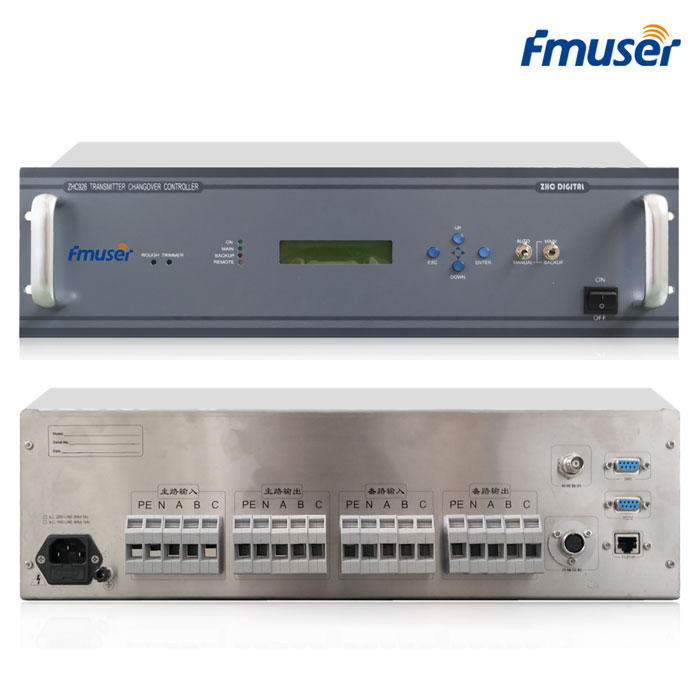
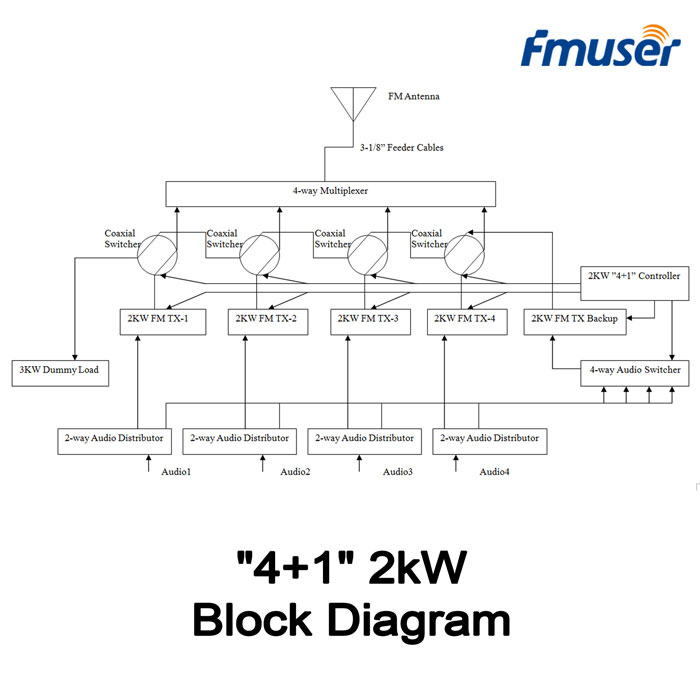
FMUSER N+1 Transmitter Automatic Change-Over Controller System
FEATURES
- Price (USD): Contact for more
- Qty (PCS): 1
- Shipping (USD): Contact for more
- Total (USD): Contact for more
- Shipping Method: DHL, FedEx, UPS, EMS, By Sea, By Air
- Payment: TT(Bank Transfer), Western Union, Paypal, Payoneer
N+1 is a type of transmitter automatic change-over controller system that automatically switches between two or more transmitters in the event of a power outage or transmitter failure. This system works by monitoring the primary transmitter’s power output and automatically switching to the standby transmitter when the primary transmitter fails or loses power. The system will then switch back to the primary transmitter once it is back online. This system ensures that radio stations are able to remain on air even during an emergency or power failure.
Complete N+1 Auto Chang-over Solution from FMUSER
The Main/Backup Switch Controller is a special device that is specifically designed for broadcast and television transmitters to control the manual or automatic switching of the 1+1 main/backup transmitter system.
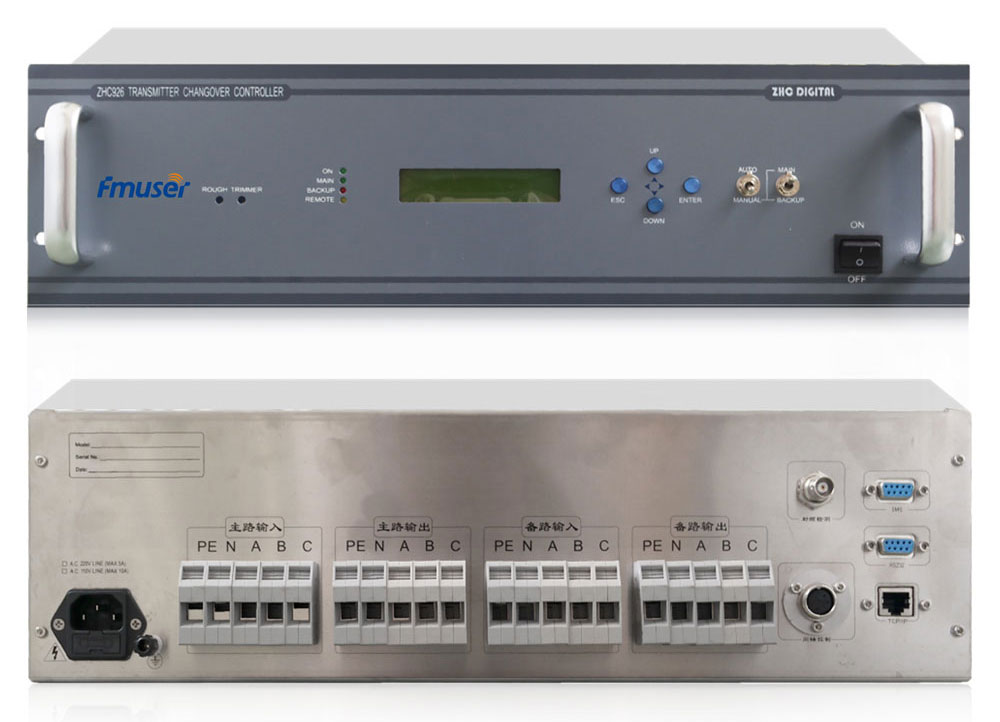
Fig.2 FMUSER Auto Change Over Switching Controller
It offers two modes of operation - automatic and manual. In automatic mode, the switch will detect the working status of the main transmitter and if the output power is lower than the preset main transmitter power switching threshold, the switch will control the coaxial switch and the power supply of the main and backup transmitters, automatically switching to the backup transmitter to ensure uninterrupted broadcast.
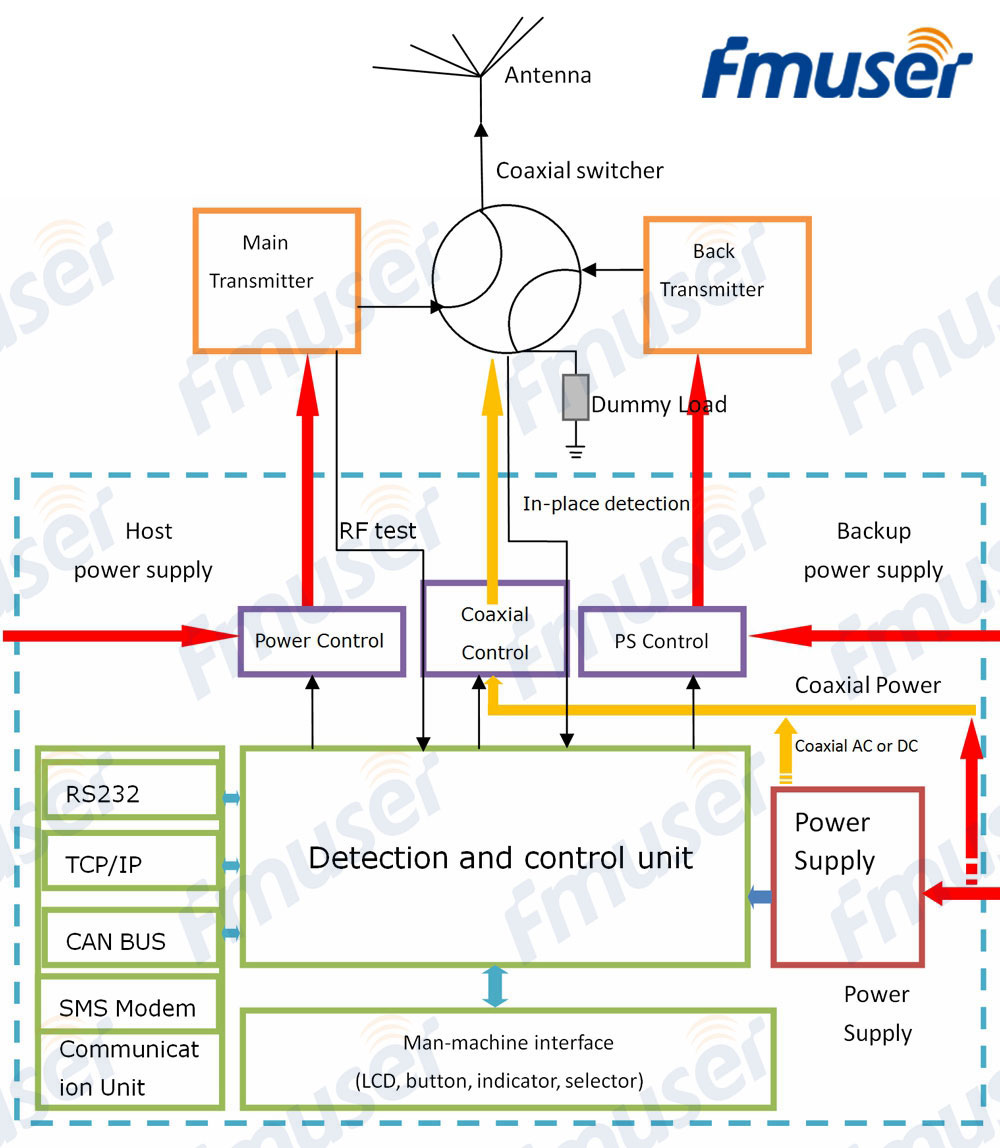
Fig.2 Block Diagram of FMUSER Auto Change Over Switching Controller
In manual mode, the panel switch can be used to select the host or backup machine to work and the switch will automatically complete the switching control of the coaxial switch and the power supply of the main and backup transmitters.
Main Features of FMUSER Auto Change-over Switching Controller
- The user can calibrate the switching threshold.
- No need for transmitter communication protocol support.
- The LCD will display real-time information about the working status of the host and backup. The coaxial switch contacts will be read in real-time to ensure the safety of the transmitter switching.
- Various states can be maintained before power failure.
- Remote monitoring of the switch can be achieved through the remote interface.
- A high-speed MCU processor is used for control, providing stable and reliable performance Two power levels are available: 1KW and below (1U), 10KW and below (3U).
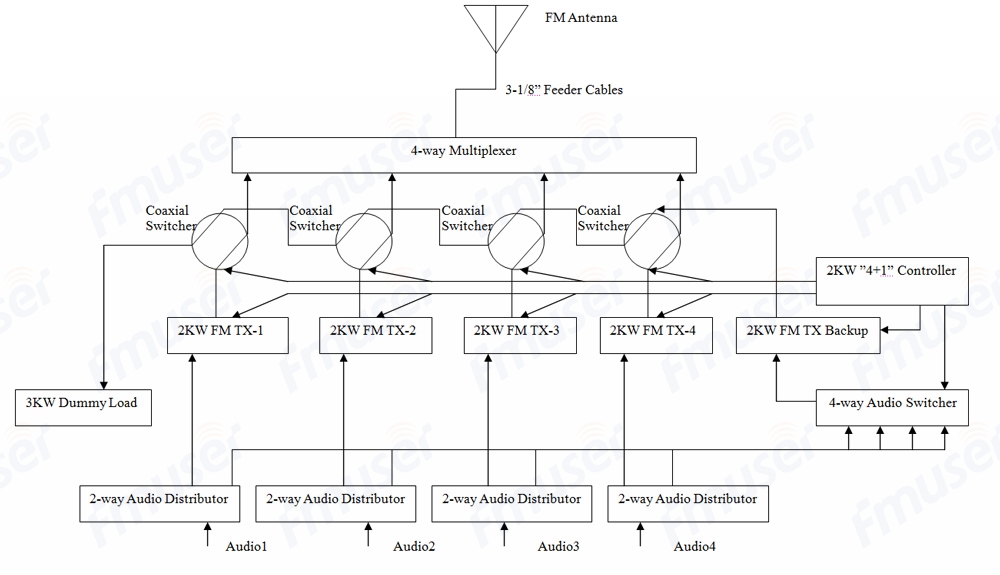
Fig.3 FMUSER 4+1 2kW Auto Change-over Cotroller System
Eletrical Specifications
| Transmitter power (1KW) | 0~1KW |
| Transmitter power (10KW) | 1KW~10KW |
| Main transmitter RF detection output range | -5~+10dBm |
| Maximum output current (for coaxial switch) | AC 220V output 3A |
| DC 5V/12V output 1A | |
| Switching time | 1~256 seconds by user setting |
| Device power | AC220V/50Hz |
| Device power consumption | 20W |
| Communication support | RS232 |
| SMS modem | |
| TCP/IP | |
| CAN |
Physical Specifications
| RF input detection interface | BNC |
| RS232 interface | DB9 |
| SMS modem interface | DB9 |
| CAN interface | DB9 |
| Ethernet interface | RJ45 |
| Chassis standard | 19 inch |
| Chassis size | 1KW: 1U(440mm×44mm×300mm) |
| Chassis size | 10KW: 3U(440mm×132mm×500mm) |
| Operating environment temperature | —15~+50℃ |
| Relative humidity | <95% |
What are the applications of N+1 transmitter automatic change-over controller system?
The N+1 transmitter automatic change-over controller system is a system which provides automatic protection and control of transmitters in the event of failure or maintenance. It is most commonly used in radio and television broadcasting, public address systems and other audio or communication systems. It is also used in industrial process control, for example in water and wastewater treatment plants. The main applications of the system include:
- Backup transmitter protection and control
- Load balancing of multiple transmitters
- Automatic selection of the best signal quality transmitter
- Automatic synchronization and alignment of transmitters
- Pre-emptive transmitter switching and protection
- Fault detection and alarm systems
- Remote monitoring and control of multiple transmitters
Why N+1 transmitter automatic change-over controller system is important for a radio station?
A N+1 transmitter automatic change-over controller system is important for a radio station because it ensures that the station has a reliable, uninterrupted broadcast. The system allows the station to switch between transmitters to ensure that the broadcast continues even if one transmitter fails or needs maintenance. This ensures that listeners can always receive the station’s signal and that the station can maintain its broadcast schedule.
How to step-by-step build up a complete N+1 transmitter automatic change-over controller system?
- Determine the size of the system needed and the desired features
- Select the appropriate N+1 transmitter automatic change-over controller
- Plan the system layout and install the necessary hardware
- Connect the controller to the primary and secondary transmitters
- Program the controller with the desired settings
- Connect the controller to the local network, if necessary
- Test the system for proper operation
- Troubleshoot and make any necessary adjustments
- Monitor the system regularly
What consist of a complete N+1 transmitter automatic change-over controller system?
A complete N+1 transmitter automatic change-over controller system typically consists of two transmitters, a controller, and a switch. The two transmitters receive a signal from the same source, and the controller monitors their performance. If one of the transmitters fails, the controller will activate the switch, causing the signal to be routed to the other transmitter. The switch then reconnects the failed transmitter, allowing it to be serviced while the other transmitter is still in use.
How many types of N+1 transmitter automatic change-over controller system are there?
There are three types of N+1 transmitter automatic change-over controller systems:
- Manual N+1
- Automatic N+1
- Hybrid N+1
The main difference between the three systems is how they are triggered. Manual systems require someone to manually switch between transmitters, while automatic systems use a signal processor to detect a fault and then switch to the alternate transmitter. Hybrid systems combine the manual and automatic systems, allowing for manual switching but with automatic detection of a fault.
How to choose the best N+1 transmitter automatic change-over controller system for a a broadcast radio station?
Before placing a final order, you should research the different types of N+1 transmitter automatic change-over controller systems available and compare their features. Additionally, you should take into account the size of your broadcast radio station and your budget to determine which type of system is most suitable for your needs. It is also important to read reviews and feedback from customers who have previously purchased the product. Finally, you should consult with a professional in the broadcasting industry to ensure that the system you choose is compatible with your existing setup.
How to correctly connect a N+1 transmitter automatic change-over controller system in a a broadcast radio station?
- Install the N+1 transmitter automatic change-over controller system according to the manufacturer's instructions
- Connect the transmitter to the control system’s main input
- Connect the control system’s output to the transmitter’s input
- Connect the two transmitter outputs to two separate antennas
- Connect the control system’s main output to the main antenna
- Connect the control system’s backup output to the backup antenna
- Configure the control system to switch between the main and backup antennas according to established criteria
- Monitor the system regularly to ensure that it is functioning correctly
What are the most important specifications of a N+1 auto change-over system?
The most important physical and RF specifications of an N+1 transmitter automatic change-over controller system include the following:
Physical Specifications
- Operating Temperature Range
- Humidity Level
- Form Factor
- Power Consumption
- EMI/RFI Shielding
- Vibration Resistance
- Shock Resistance
RF Specifications
- Frequency Range
- Gain
- Output Power
- Bandwidth
- Channel Isolation
- Harmonic Distortion
- Spurious Emissions
How to maintain a N+1 transmitter automatic change-over controller system?
- Check the system's power supply and connections to ensure they are functioning correctly
- Test the controller's switching capabilities to ensure they are working properly
- Perform a visual inspection of the controller and its components to check for any physical damage
- Ensure all settings are configured correctly to ensure smooth operation of the system
- Monitor the system's performance and make any necessary adjustments or repairs
- Perform regular system backups to protect against data loss
- Test the system regularly to verify it is working correctly
- Follow all manufacturer instructions for maintenance procedures
How to repair a N+1 transmitter automatic change-over controller system?
To repair a N+1 transmitter automatic change-over controller system, you should first identify the source of the issue. Common problems can include power supply problems, faulty relays, or defective contactors. Once the source of the issue has been identified, you should then repair or replace the affected components. If the problem is with a relay or contactor, it may be possible to repair them. If the part is broken beyond repair, it should be replaced.
CONTACT US


FMUSER INTERNATIONAL GROUP LIMITED.
We are always providing our customers with reliable products and considerate services.
If you would like to keep touch with us directly, please go to contact us



